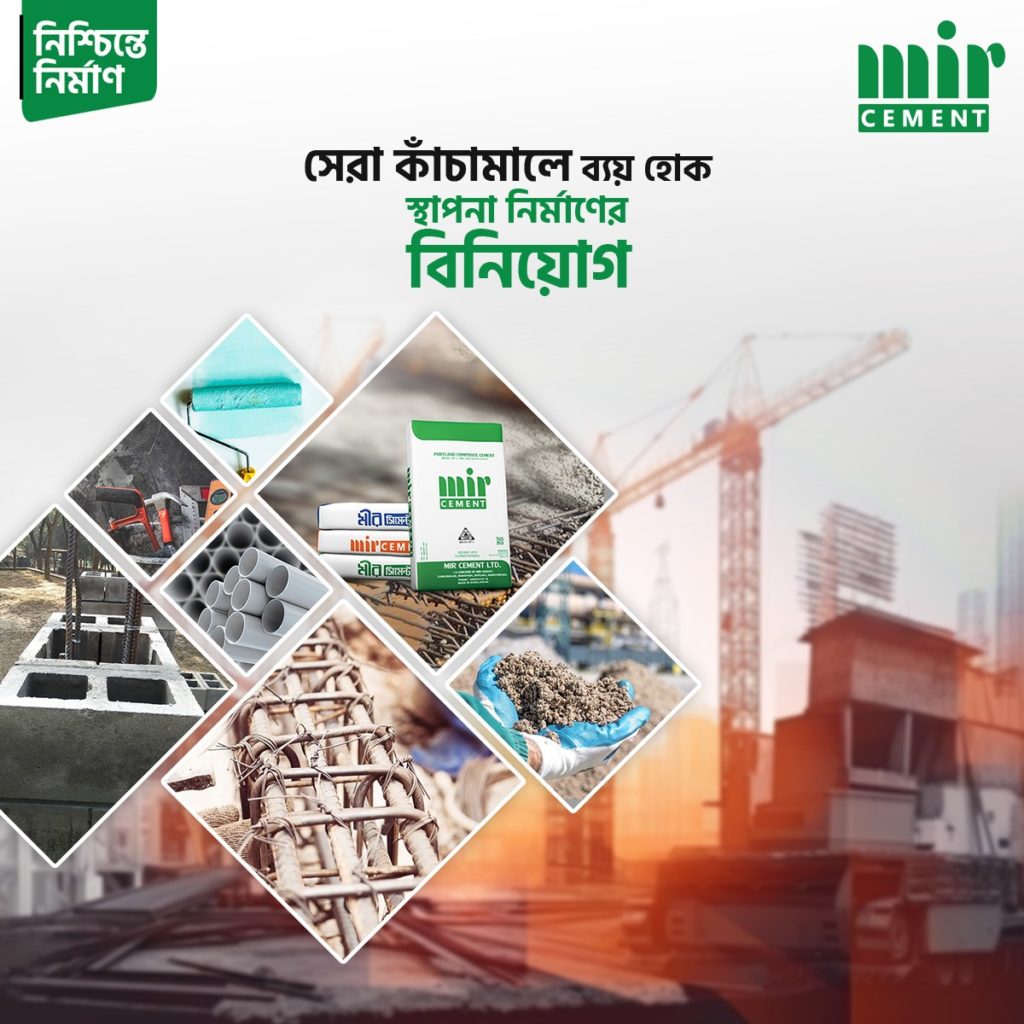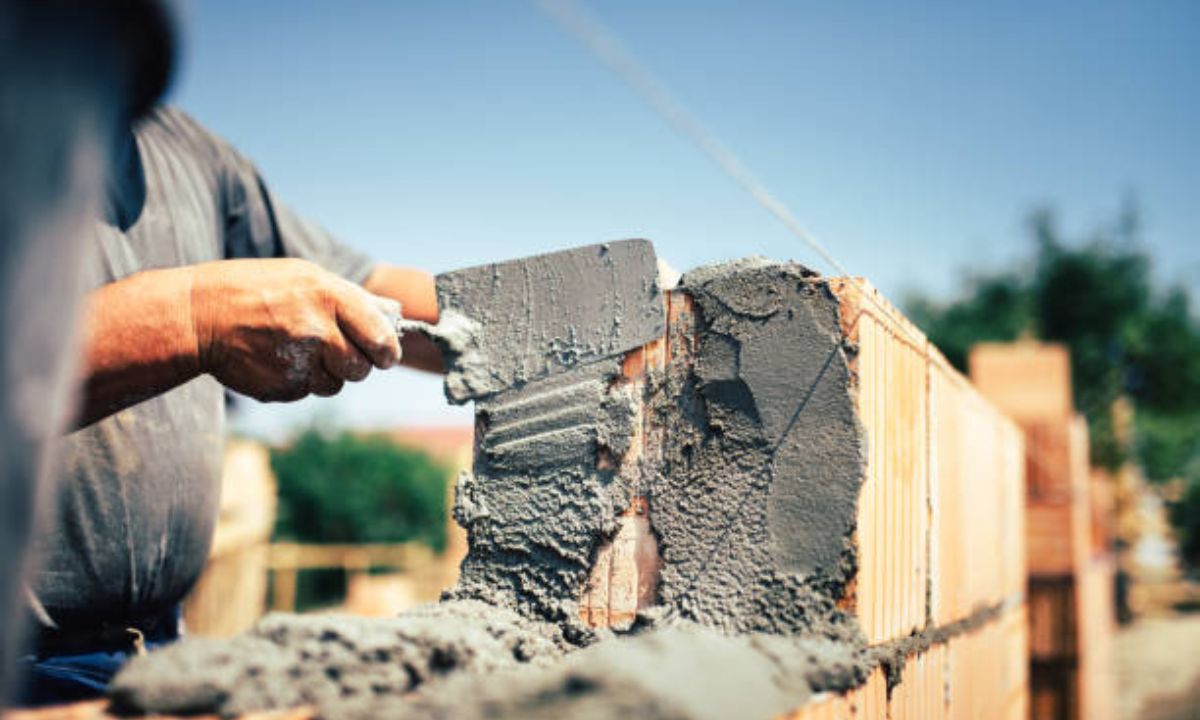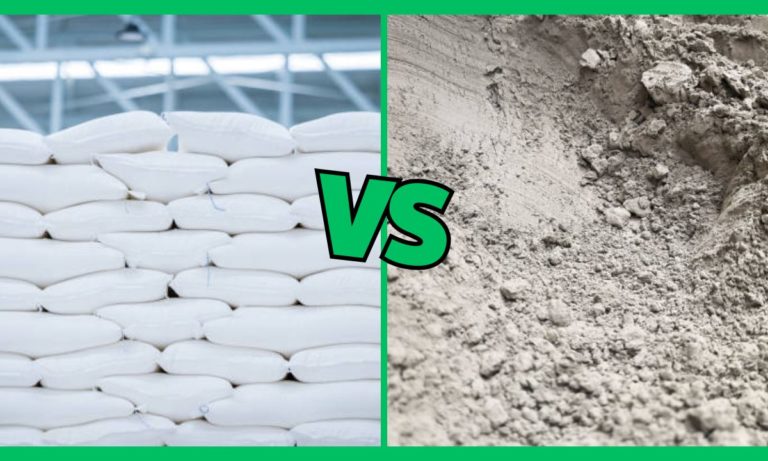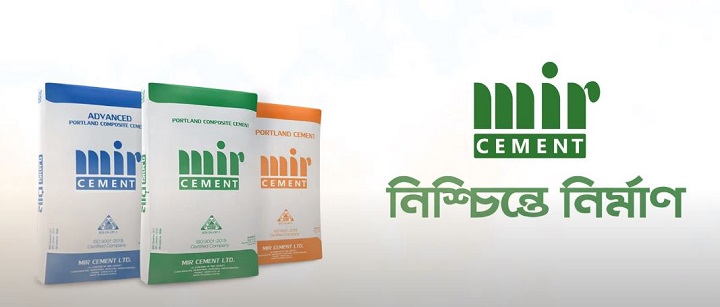How to Calculate Cement in Brickwork for Bangladesh
Brickwork is also known as brick masonry or the laying of bricks in their proper form, layout, and origin. The mortar bond that is used in brick masonry is the particular bond that is established by the joints that interconnect the bricks.
Construction through bricks is one of the most traditional methods of construction, and it has proven its effectiveness in terms of durability as well as in terms of the looks it gives to the constructed building. Regardless of whether it is a home renovation or a construction project, fundamental knowledge is imparted of the material requisites for use.
When working with bricks, one of the most common questions that arise is, “How much cement do you need for brickwork?” In this comprehensive guide, we’ll break down the calculations, and factors to consider, and provide practical tips for ensuring a successful bricklaying project.
Materials Required for Brickwork
To understand how cement could be calculated in brickwork, it is mandatory to understand the role that all the materials play when used in bricklaying.
Bricks: Mortars’ bricks are the common building blocks of any construction involving masonry. They come in many types and capacities, and you can get them in different colors. The quality of the material greatly influences the durability and aesthetic value of any construction.
Sand: Sand is a very crucial element used while preparing mortar, and it is used to cement the bricks together. Again, the type of sand has to be right, for example, builders’ sand, sharp or soft sand, and more importantly, it needs to be clean.
Cement: The role of cement is to help join the bricks in a mortar mix by providing some sort of stickiness. There are other forms of cement, but what is commonly used in most construction masonry work is common Portland cement.
For an overview of the cement industry in Bangladesh, you can refer to this guide.
Water: When preparing mortar, add water to the sand and cement, and this will start the cement reaction process. The Excel proportions of the cement-to-water ratio need to be correct for the composite material to have the required strength.
How to Calculate Cement for 1 Cubic Meter of Brickwork
To calculate the amount of cement required for a 1m3 brick wall, you must know the following:
- Bricks typically measure 190x90x90 mm in size.
- Mortar layers are normally 10 to 12 millimeters thick.
- Shrinkage factor (an extra 30% of the dry volume): 1.3
- For walls, use a mortar-to-sand ratio of 1:6 (cement: sand).
- Brick dimensions after applying 10 mm mortar to each side are 200 x 100 x 100 mm, or 0.2 x 0.1 x 0.1 m.
- Cement weight (1440 kg/m³)

Calculation of Cement quantity for 1 M3 Brickwork:
The volume of 1 brick without mortar is,
= 0.19×0.09×0.09
= 0.001539 m³
The volume of 1 brick with mortar is,
= 0.2×0.1×0.1
= 0.002 m³
Total number of Bricks with mortar required for 1 m3,
= 1/0.002
= 500 Bricks.
Now,
The Volume of Dry Mortar
=[Total Vol. of Brick Work – Vol. of Total Bricks Without Mortar]
=1m³ – (500 x 0.001539m³)
= 0.2305 m³
Now, Total Volume of Dry Mortar
= Dry Mortar Volume x 1.3
= 0.2305 x 1.3
= 0.29965m³
≈ 0.3 m³
As mentioned above, the Mortar Ratio is 1:6
Hence, the Total Mortar Ratio is = 1+6 = 7
Now, the Total Quantity of Cement
= (Cement Ratio/Total Ratio) x Total Dry Volume x Unit Weight of Cement
= (1/7)x0.3×1440 kg/m³
= 61.71 kg, rounding up 62 kg
Now, if you want to calculate the number of cement bags required in 1m³ brick masonry.
Then, the Number of Cement Bags
= Total cement required cement/ weight of cement in one bag
= 62/50
= 1.24 Bags
Factors Affecting the Cement Quantity for Brickwork
To get the most accurate estimate for your specific project, consider the following factors and make the necessary adjustments to the calculations:

- Brick Size: The size of the brick also influences the amount of mortar required; not all bricks are of the same size. Working on it, larger bricks would require more mortar than the smaller ones would require.
- Mortar Mix Ratio: As for the mix ratio of 1:5 applied in our calculation, it is typical, although it might differ in other cases. In general, it is wise to go by the manufacturer’s instructions or by engineering specifications as to what ratio is the right one.
- Mortar Joint Thickness: The applied mortar joints’ thickness may be different based on the need for appearance and load-carrying capacity. Adjust the calculations accordingly.
- Waste and Overage: It’s a good practice to account for some waste and provide a slight overage to ensure you have enough material to complete the project.
Consider the following recommendations concerning different scenarios:
- If you are using larger bricks, then for the size of the desired bricks, carry enhanced proportions. Ascertain the proportions of the mortar that you need in comparison to the determination.
- If you have chosen different ratios of the mortar mix, then the quantities of cement and sand must be adjusted.
- Hence, determine the volume of mortar that will be needed for each joint thickness and adjust if necessary.
- As a final step, remember to make provision for waste and overage; this is done by adding about 10–15% to the figures obtained in the previous steps.
Practical Tips for Bricklaying
After establishing how to estimate the amount of cement used in a cubic meter of the bricklaying process, here is some helpful information for a successful bricklaying process.
- Gather the Right Tools: Before undertaking the job you would require some of the important tools which are trowel, mortarboard, spirit level, jointer, and a masonry saw.
- Prepare the Workspace: Make sure that the terrestrial plane of the workspace is free from debris, and is perfectly plain and clean. A lot of effort and preparation go into the adequate and striking construction of a brick wall.
- Mix the Mortar: Ensure that you achieve the right consistency and texture of the mortar and this can be achieved when you have followed the right proportion of mix and when using a mechanical mixer or a wheelbarrow and hoe. For a guide on mixing cement, check this resource.
- Lay Bricks with Care: Lay each brick in the correct position making sure it is level, plumb, and aligned parallel with the string line. Use spacers or a jointer to keep mortar joints constant in thickness.
- Compact the Mortar: As you place each brick, lightly tap it with the trowel handle to compress the mortar and eliminate any air pockets.
- Keep it Clean: Clean any extra mortar from the brick faces and joints as you work. A tidy polish enhances the overall appearance.
- Curing: After laying the bricks, cover them with a damp cloth or plastic sheet to slow the curing process. Proper curing results in a strong connection. Learn how to prevent cement wastage by reading this guide.
- Seek Professional Advice: If you’re new to bricklaying, you should talk with a professional or seek advice from more experienced masons like Mir Cement. Practical experience can prove invaluable. Additionally, to discover the top cement companies in Bangladesh, check out this resource.
Conclusion
To summarize, brickwork is an integral part of construction. To ensure the structural integrity of brickwork, you must have a fundamental understanding of estimating the cement quantity for 1 m3 brickwork.
The calculation method is affected by a variety of elements, including mortar ratios, thickness, brick type and size, and so on. By taking these elements into account, you may balance strength, cost-effectiveness, and sustainability in brick masonry projects to maximize cement utilization.
For more information on the different types of cement in Bangladesh, explore this guide.
In addition to the standard formulation of the cements, packaging is a vital aspect of quality control. If you are in search of high quality, accurate weight, and reliable packaging of Cement, Mir Cement, with the use of completely automated and integrated packing tools, guarantees precise weight and dependable packaging. Mir Cement’s fineness, capacity to provide high strength with little cement, and unwavering quality all have a major role in how workable it is.
Get in touch with us if you have any queries regarding our products and services.







